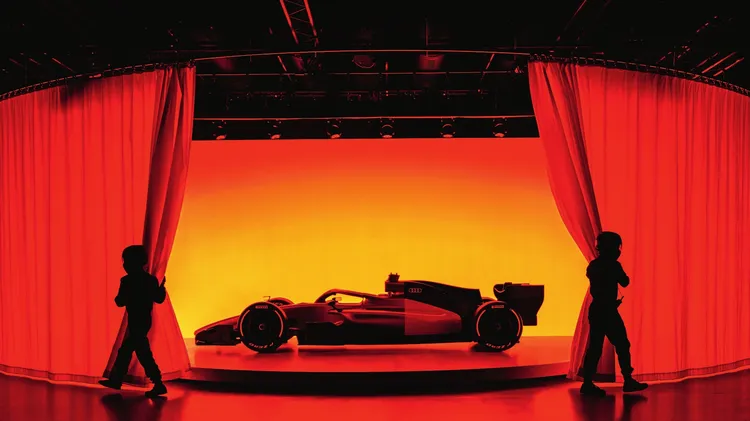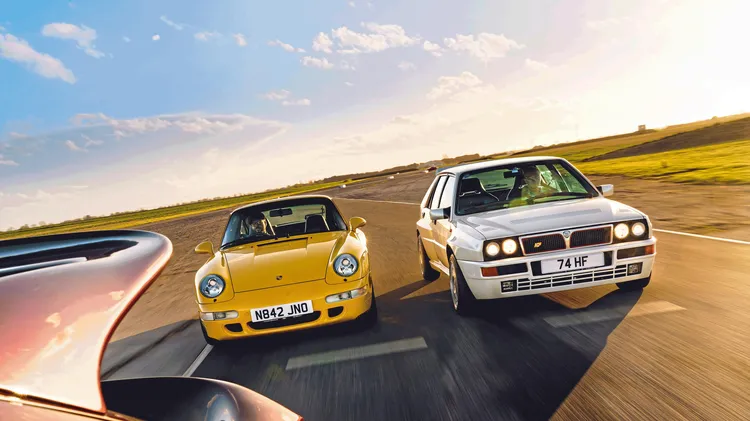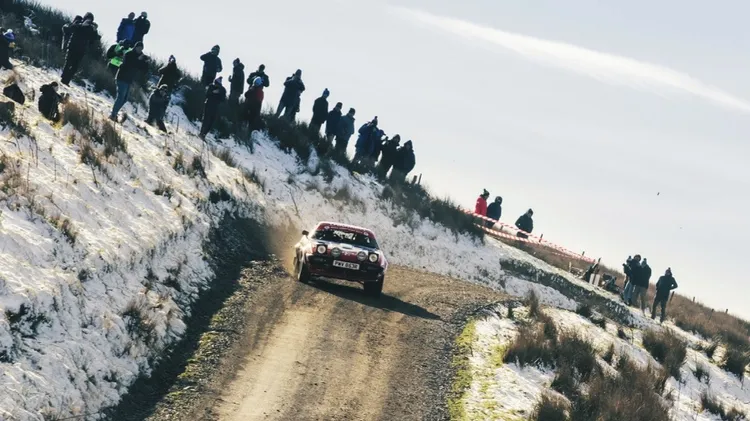“Convergence” – a bland euphemism for the rest of the grid essentiall
The imitation game
8 min read
This article is from...
Read this article and 8000+ more magazines and newspapers on Readly






